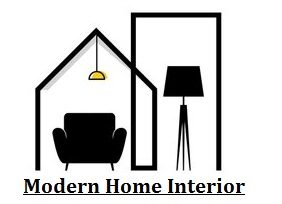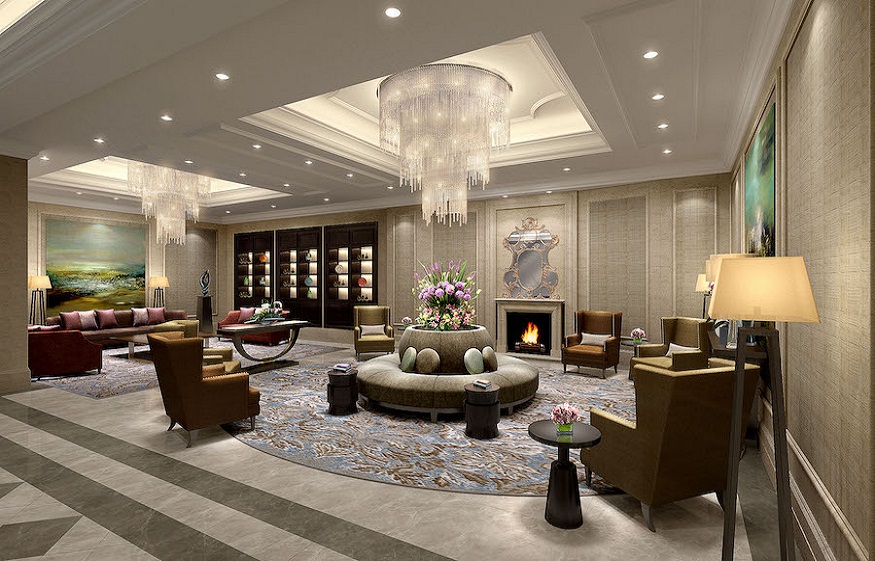Dubai’s property market is as diverse as its skyline. From sleek high-rise apartments overlooking the Marina to sprawling villas in Emirates Hills, homeowners often seek professional help to bring out the best in their living spaces. The approach of an interior design company can differ greatly depending on whether the project involves a villa or an apartment. Each type of home comes with unique challenges and opportunities that influence design choices, functionality, and overall style.
Tailoring Design to Different Lifestyles
When designing for villas, interior experts often have more creative freedom due to the larger floor area. Villas provide opportunities to incorporate grand features such as double-height ceilings, private cinemas, and bespoke kitchens. The design process is often about highlighting individuality and luxury, with homeowners keen to create a statement through both architecture and interiors. This is where the guidance of the best interior design companies in dubai proves valuable, as they understand how to balance luxury with liveability in expansive homes.
On the other hand, apartments require a more considered approach where functionality plays a bigger role. With space constraints, the focus tends to shift towards clever layouts, multifunctional furniture, and the maximisation of storage without sacrificing aesthetics. The design process often centres on creating an illusion of space through lighter colour palettes, strategic lighting, and minimalistic elements that avoid clutter. Apartments need practicality without compromising comfort.
Space Planning and Layouts
Space is one of the biggest differentiators between villas and apartments. For villas, designers often map out zones for relaxation, entertaining, and private living. Larger gardens and outdoor areas also play an integral role, leading to seamless transitions between interior and exterior spaces. Open-plan layouts are popular, but designers can also experiment with private nooks or themed rooms, giving families different areas for varied activities.
Apartments, however, require much tighter planning. Every square foot matters. Designers tend to use modular furniture, sliding partitions, or built-in storage solutions to maximise usability. Kitchens and living areas often merge, so designers carefully consider flow and proportion to avoid a cramped feel. Good design in apartments lies in creating multifunctional spaces that don’t look overcrowded.
Material Selection and Finishes
The choice of materials can differ widely between villas and apartments. Villas often allow for premium finishes like natural stone, hardwood flooring, and custom cabinetry. These materials not only enhance the luxury appeal but also withstand the wear and tear of larger households. The bigger budget for villa interiors makes it possible to experiment with textures and layering to create depth and sophistication.
For apartments, lightweight and versatile materials are preferred. Laminate finishes, engineered wood, and composite stones are often chosen for their practicality and cost-effectiveness. Designers also prioritise finishes that are easy to maintain, especially for rental apartments where durability is a key factor. Compact spaces benefit from reflective surfaces, glass elements, and sleek finishes that enhance the sense of openness.
Lighting Approaches
Lighting design is a major factor that differentiates villa interiors from apartments. Villas offer the advantage of natural light through large windows, skylights, and open courtyards. Designers often enhance this with layered lighting – from statement chandeliers in grand entrances to soft ambient lighting in lounges. Villas can also incorporate exterior lighting schemes to highlight landscaping and architectural features.
In apartments, natural light may be more limited depending on the building’s orientation and location. Designers compensate with creative lighting solutions such as recessed fixtures, wall sconces, and strategically placed floor lamps. The goal is to avoid harsh shadows and create a warm, welcoming environment even in compact settings. Lighting becomes not just a functional necessity but also a tool to visually enlarge the space.
Personalisation and Lifestyle Considerations
Villas often reflect the personal tastes of their owners. With ample space, residents can indulge in themed interiors, private libraries, gyms, or entertainment rooms. Designers can focus on creating bespoke furniture pieces, custom art installations, and unique spatial experiences. Every villa project can tell its own story, shaped by the lifestyle of the family living there.
In contrast, apartments generally prioritise efficiency over extensive personalisation. While homeowners still want stylish interiors, the emphasis lies in optimising the available space. Personalisation may come in the form of clever décor choices, wall treatments, or modular furniture. The lifestyle of apartment residents often involves a faster pace, so interiors are designed to be easy to maintain while remaining elegant.
Outdoor Spaces
One of the main contrasts between villas and apartments is the outdoor element. Villas usually come with gardens, terraces, or even private pools. Designers can extend the indoor theme to these areas, creating outdoor lounges, kitchens, or landscaped gardens that serve as an extension of the home. The ability to blend indoor and outdoor living is a defining feature of villa design in Dubai.
Apartments typically have balconies, which require a different approach. Designers often focus on making these small areas cosy yet functional, perhaps with compact seating, vertical gardens, or minimalist lighting. The aim is to transform even a limited balcony into a retreat that enhances the urban living experience.
Challenges in Each Property Type
Villas come with the challenge of scale. Large spaces can feel empty or overwhelming if not designed thoughtfully. Designers need to strike a balance between filling spaces with character and avoiding unnecessary clutter. Managing acoustics, energy efficiency, and zoning can also be more complex in villas due to their size.
Apartments, meanwhile, pose the challenge of space constraints and building regulations. Designers have to work within fixed layouts, shared infrastructure, and often, limited renovation options. The creativity lies in working around these limitations to produce stylish and functional spaces.
Final Thoughts
An interior design company in Dubai must adopt distinct strategies when working on villas versus apartments. Villas provide room for grandeur, luxury, and personalised features, while apartments demand smart design, efficiency, and the art of making small spaces feel open and inviting. Both property types highlight the importance of a professional touch, as tailored design makes all the difference in enhancing comfort and value.
For homeowners, understanding these differences can help set clear expectations when hiring a design team. Whether living in a sky-high apartment or a grand villa, the right design choices can transform a property into a home that perfectly reflects its occupants and their lifestyle.


